Why trust NerdWallet
Strict editorial guidelines to ensure fairness and accuracy in our coverage to help you choose the financial products that work best for you. See our criteria for evaluating homeowners insurance.
More than 270 million rates analyzed by our team of specialists.
More than 50 insurance companies analyzed in all 50 states and Washington D.C. (See our top picks.)
Chubb and NJM are among the best home insurance companies in Maryland, according to our analysis.
We analyzed data from more than 30 insurance companies to help you find the best home insurance in Maryland. Below are the insurers that earned 4.5 stars or more in our analysis. Rates are based on a sample homeowner with good credit, $300,000 of dwelling coverage, $300,000 of liability coverage and a $1,000 deductible.
Note: Some insurance companies included in this article may have made changes in their underwriting practices and no longer issue new policies in your state.
Company | NerdWallet star rating | Average annual rate |
|---|---|---|
Not available | ||
Not available | ||
$2,750 | ||
Not available | ||
$2,755 | ||
Not available | ||
$1,930 | ||
Not available | ||
$2,245 | ||
$1,540 | ||
$1,505 | ||
USAA* | $1,540 | |
*USAA homeowners policies are available only to active military, veterans and their families. | ||
Get home insurance quotes in minutes
Answer a few questions to see custom quotes and find the right policy for you.The best home insurance companies in Maryland
Here's more information about the best homeowners insurance companies in Maryland.

Amica
Well-established insurer known for great customer service.- High customer satisfaction ratings and low consumer complaints.
- Platinum Choice package offers extra coverage.
- Simple online claims filing and tracking.
- You can start a quote online but have to finish the buying process by phone.
Amica stands out for its customer service and broad range of coverage options. The company has drawn far fewer consumer complaints to state regulators than expected for an insurer of its size, according to the National Association of Insurance Commissioners.
You can customize your policy with extra coverage above your dwelling limit, in case your house costs more to rebuild than expected. You may also want to add coverage for damage from water backups or recovery from identity theft.
» READ MORE: Amica homeowners insurance review
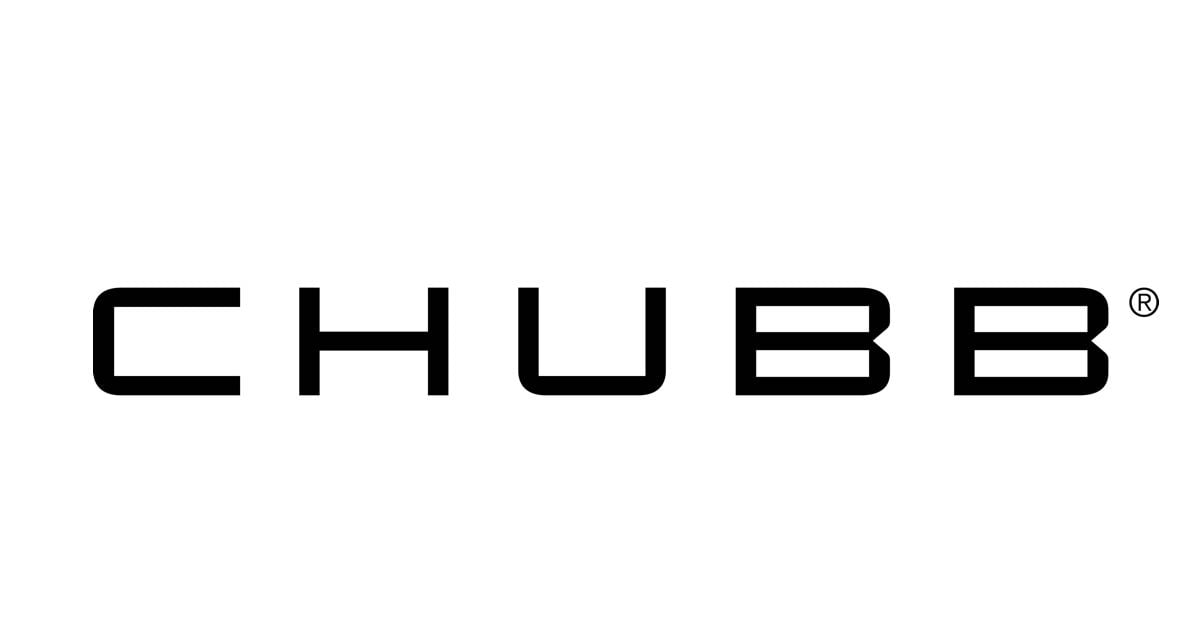
Chubb
Perks and high coverage limits for affluent homeowners.- Significantly fewer consumer complaints than expected for a company of its size.
- Standard coverage includes features that many companies offer only as extras.
- Large number of potential discounts.
- Most consumers aren't able to get a quote online and will instead need to contact a local agent.
Chubb caters to owners of high-value homes and draws far fewer consumer complaints than expected for a company of its size, according to the NAIC. Its home insurance policies come with some great perks, including extended replacement cost coverage in case it costs more than your dwelling limit to rebuild your home after a disaster.
Chubb policyholders may also be able to take advantage of the company’s HomeScan service, which uses infrared cameras to look for problems behind the walls of your home.
» READ MORE: Chubb homeowners insurance review
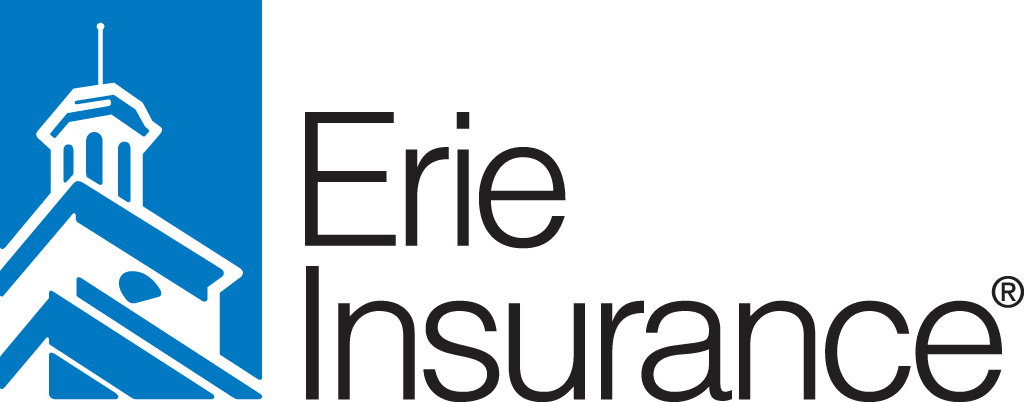
Erie
Best for homeowners who want to work with an agent.- Policies may include guaranteed replacement cost coverage.
- Receives far fewer complaints than expected for a company of its size.
- No online quotes.
Erie offers guaranteed replacement cost coverage for the structure of your home. With this coverage, the company will pay to rebuild your home completely after a disaster, even if the amount exceeds your dwelling limit.
Got a car to insure, too? If you bundle your home and auto insurance with Erie, you could get a discount of 16% or more. You may also be able to save if your home has certain safety and security features such as smoke alarms or sprinkler systems.
» READ MORE: Erie homeowners insurance review

NJM
Pays enough to rebuild your house, no matter the cost.- Includes coverage other companies charge extra for.
- Far fewer consumer complaints than expected for a company of its size.
- Many extra coverage options available.
- No app to manage your policy.
NJM includes coverage that other companies typically charge extra for. For example, NJM will pay the full cost to rebuild your home even if it’s more than your dwelling limit. It will also pay enough for you to buy brand-new replacements for your belongings if they’re stolen or destroyed. (Many companies pay a lower amount based on depreciation.)
On top of its robust coverage options, NJM also stands out for customer service. It’s drawn far fewer complaints to state regulators than expected for an insurer of its size, according to the NAIC.
» READ MORE: NJM homeowners insurance review
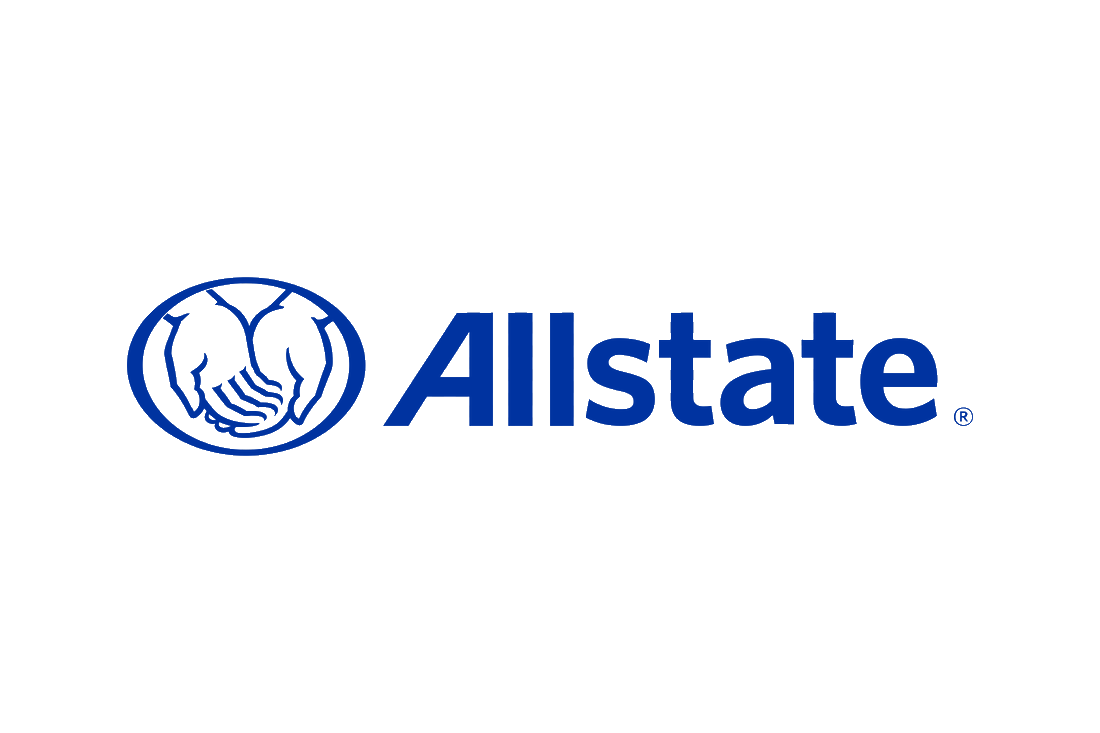
Allstate
Widely available across the U.S. with lots of ways to customize your policy.- Lots of discounts to help you save.
- Home-sharing coverage available.
- Many ways to customize your coverage.
- Ranked below average in J.D. Power’s 2024 U.S. Home Insurance Study.
Allstate is one of the largest home insurance companies in the U.S. The company offers many ways to customize your policy, including replacement cost coverage for your personal property and water backup coverage, which applies if sewer lines or sump pumps back up and damage your home. Other, less common options may include home-sharing coverage and reimbursement for replacing damaged items with energy-efficient versions.
You may also be able to upgrade your policy with the Enhanced Package. One benefit of this package is Deductible Rewards, which takes $100 off your deductible for signing up, plus an additional $100 off for each year you go claim-free. And if you do file a claim, your rates won’t go up.
» READ MORE: Allstate homeowners insurance review

Cincinnati Insurance
Sells homeowners policies through local independent agents across the U.S.- Various coverage options.
- Far fewer complaints than expected for a company of its size.
- Has special coverage packages for higher-value homes.
- No online quotes.
Cincinnati Insurance sells homeowners policies through independent agents, with various options for standard and high-value homes. You may be able to add coverage for things like identity theft, personal cyber attacks or certain types of water damage.
Cincinnati may offer you a discount for bundling home and auto insurance, having a newer home or installing a centrally monitored alarm system.
» READ MORE: Cincinnati Insurance homeowners insurance review
Farmers
Those seeking policy add-ons like diminishing deductibles and claims forgiveness may want to consider Farmers.- Several coverage options can help save money.
- Less common coverage options are available.
- Discounts for nonsmokers and members of certain professions.
- Ranked below average for customer satisfaction in J.D. Power’s 2024 U.S. Home Insurance Study.
Farmers stands out for its lengthy list of discounts, including ones for installing protective systems like fire alarms and sprinklers, not smoking for the past two years, and paying your premium on time.
Add-on options include personal property replacement cost coverage, which will fully reimburse you for the cost of replacing a stolen, damaged or destroyed item. You may also want to buy coverage for water damage caused by backed-up drains or sewer lines.
» READ MORE: Farmers homeowners insurance review
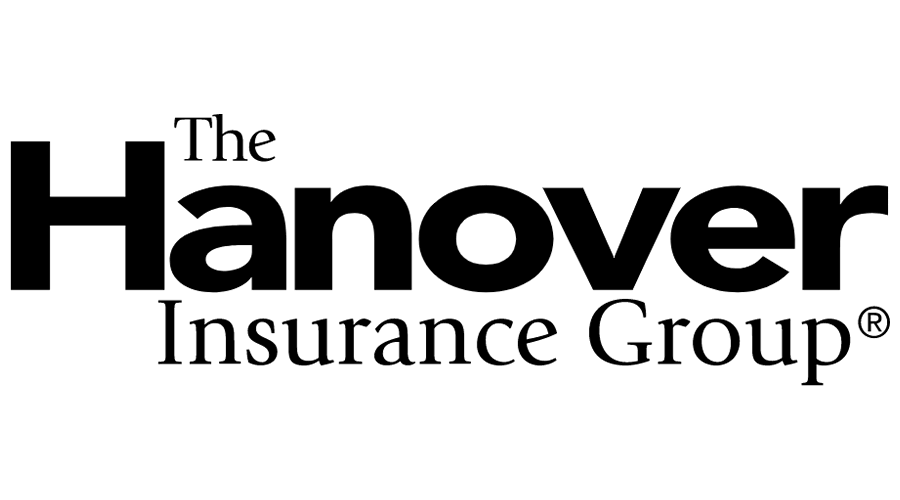
The Hanover
Best for homeowners looking for many ways to customize their policy.- Extensive list of coverage options.
- Far fewer consumer complaints than expected for a company of its size.
- Comprehensive package available for high-value homes.
- No online quote option.
- Poorly rated mobile app.
The Hanover gives homeowners lots of choices. You can opt for an auto/home package, a policy designed for high-value homes or a standalone policy for a standard house. You can further customize your policy with a range of options such as guaranteed replacement cost coverage, which will pay as much as it takes to rebuild your home after a disaster.
The Hanover sells policies exclusively through local independent agents. That means online quotes aren’t available, but you can get personal service to help you choose the right coverage.
» READ MORE: Hanover homeowners insurance review
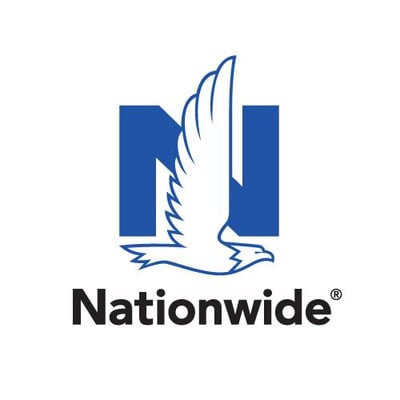
Nationwide
For shoppers seeking a broad range of coverage options, Nationwide may fit the bill.- Offers free smart device to prevent electrical fires in many states.
- Many discounts available.
- Website offers lots of useful features and information.
- Doesn't insure mobile or manufactured homes.
Nationwide’s standard homeowners policies include ordinance or law coverage, which pays to bring your home up to the latest building codes after a covered claim. They also include coverage for unauthorized credit or debit transactions. For an extra cost, you may be able to add coverage for things like water backup damage, identity theft and stronger materials to replace your roof.
Depending on how much personal assistance you need, you can get a quote for homeowners insurance on the Nationwide website or work with a local agent instead. You can also use the website to pay bills, file claims or check claim status.
» READ MORE: Nationwide homeowners insurance review
State Farm
Well-established insurer with a lengthy list of coverage options.- User-friendly website.
- Agents offer personalized service.
- Policies generally include extra coverage for your home’s structure.
- Advertises fewer discounts than some other insurers.
State Farm is a great choice for homeowners who like to work directly with a representative, as the company sells policies through a wide network of agents. And its attention to customer service has paid off; the company has fewer customer complaints to state regulators than expected for a company of its size.
State Farm offers a free Ting device as a perk for home insurance policyholders. Ting is a smart plug that monitors your home’s electrical network to help prevent fires.
» READ MORE: State Farm homeowners insurance review
Travelers
Offers lots of coverage options, decent discounts and a strong online experience.- User-friendly features on website and app.
- Discounts for eco-friendly homeowners.
- Draws fewer consumer complaints than expected for a company of its size.
- Doesn’t insure mobile or manufactured homes.
Travelers offers a robust online experience. You can use the website to get a homeowners insurance quote, file and track claims, make payments, and learn about insurance basics.
Its coverage offerings are similarly strong. For example, you may be able to add extra coverage in case the dwelling limit on your home isn’t enough to rebuild your house after a disaster. One unique option is Travelers’ green home coverage, which pays extra if you want to use eco-friendly materials when repairing or rebuilding your home after a covered claim.
» READ MORE: Travelers homeowners insurance review

USAA
Offers perks and affordable rates for the military community.- Policies include standard coverage that often costs extra elsewhere.
- Far fewer customer complaints to state regulators than expected for a company of its size.
- Rates are below the national average, according to NerdWallet’s analysis.
- Available only to active military members, veterans and their families.
USAA sells homeowners insurance to veterans, active military members and their families. If that description fits you, you may want to consider a USAA policy. That’s because the company’s homeowners insurance has certain features that other insurers may charge extra for.
For example, USAA automatically covers your personal belongings on a replacement cost basis. Many companies pay out only what your items are worth at the time of the claim, which means you may not get much for older items. USAA pays enough for you to buy brand-new replacements for your stuff.
» READ MORE: USAA homeowners insurance review
How much does homeowners insurance cost in Maryland?
The average annual cost of home insurance in Maryland is $1,945. That’s 8% less than the national average of $2,110.
Those rates are for homeowners with no recent claims on their record. In Maryland, policyholders with one recent claim pay an average of $2,130 per year — an increase of 10%.
Average cost of homeowners insurance in Maryland by city
How much you pay for homeowners insurance in Maryland depends on where you live. For instance, the average cost of home insurance in Baltimore is $2,440 per year, while homeowners in Silver Spring pay $1,705 per year, on average.
City | Average annual rate | Average monthly rate |
|---|---|---|
Annapolis | $1,880 | $157 |
Baltimore | $2,440 | $203 |
Bel Air | $2,050 | $171 |
Bethesda | $1,650 | $138 |
Bowie | $2,130 | $178 |
Columbia | $1,645 | $137 |
Dundalk | $2,065 | $172 |
Ellicott City | $1,650 | $138 |
Fort Washington | $2,105 | $175 |
Frederick | $1,550 | $129 |
Gaithersburg | $1,705 | $142 |
Germantown | $1,685 | $140 |
Glen Burnie | $1,940 | $162 |
Hagerstown | $1,675 | $140 |
Hyattsville | $2,130 | $178 |
Laurel | $1,915 | $160 |
Owings Mills | $1,935 | $161 |
Parkville | $2,045 | $170 |
Pasadena | $1,860 | $155 |
Rockville | $1,695 | $141 |
Salisbury | $2,150 | $179 |
Silver Spring | $1,705 | $142 |
Upper Marlboro | $2,130 | $178 |
Waldorf | $1,925 | $160 |
Westminster | $1,675 | $140 |
The cheapest home insurance in Maryland
Here are the insurers we found with average annual rates below the Maryland average of $1,945.
Company | NerdWallet star rating | Average annual rate |
|---|---|---|
$1,505 | ||
$1,540 | ||
$1,885 | ||
$1,930 | ||
Penn National | Not rated | $1,935 |
USAA* | $1,540 | |
*USAA homeowners policies are available only to active military, veterans and their families. | ||
Common risks for Maryland homeowners
Here are a few things to keep in mind when evaluating home insurance in Maryland.
Hurricanes and tropical storms
If you live near the Maryland coast, make sure you have enough coverage for the wind and flood damage hurricanes can cause. Wind damage is typically included in a standard homeowners policy, but flooding isn't, which we cover in the next section. Read more about hurricane insurance.
While your policy typically covers wind damage, make sure to read it closely, as you may have a separate wind deductible. This is often a flat rate, such as $1,000, or a percentage of your dwelling coverage. For example, your policy may have a $1,000 deductible for most claims and a 1% deductible for wind claims. So if your house has $250,000 worth of dwelling coverage, you’d have to pay for the first $2,500 of wind damage yourself.
Flooding
Standard homeowners insurance policies typically don't cover flood damage. As a result, homeowners in flood-prone areas may need to purchase separate flood insurance to protect their property from water damage.
To assess your flood risk, look up your address on the Federal Emergency Management Agency's flood maps. However, FEMA’s maps don’t always capture all types of flood risk, so you may also want to check the website of the nonprofit First Street Foundation, which models climate risks. Enter your address in the top left corner to see your home’s flood risk rating on a scale of 1 to 10.
Remember that while you can purchase flood coverage anytime, there’s typically a 30-day waiting period before the insurance takes effect.
Winter weather
A standard homeowners policy will cover most damage from winter storms. However, some types of winter weather damage may require extra coverage. If you have damage from water seepage caused by snowmelt, for instance, that may need to be covered under a separate flood policy. Damage caused by negligence, such as frozen pipes if you fail to keep your heat at an adequate temperature while you’re out of town, also may not be covered.
Wildfires
Homeowners insurance typically covers damage from fires, but make sure to review your policy to ensure you have enough coverage in case of wildfires. Pay particular attention to your dwelling coverage limit. This is the amount the insurance company will pay to rebuild your house. A significant fire can destroy your whole home, so talk with your insurer to make sure you have enough coverage to rebuild if necessary.
Maryland insurance department
The Maryland Insurance Administration (MIA) oversees the state’s insurance industry. Its website provides resources about insurance rates and claims, as well as information to help you file a complaint against your insurance company. You can access the complaint form on the MIA website, and if you have questions about your insurance, you can call the MIA for help at 800-492-6116.
- Looking for more insurance in Maryland?
- Find home insurance in other states
Amanda Shapland contributed to this story.
Frequently asked questions
Is homeowners insurance required in Maryland?
Is homeowners insurance required in Maryland?
Homeowners insurance is not legally required in Maryland, but your mortgage lender may require you to buy it. For more information, read Is Homeowners Insurance Required?
Does Maryland homeowners insurance cover flooding?
Does Maryland homeowners insurance cover flooding?
Standard homeowners insurance policies in Maryland do not cover flooding. If you live in a high-risk area or are concerned about the possibility of flooding, you will need to purchase separate flood insurance.
How can I save money on homeowners insurance in Maryland?
How can I save money on homeowners insurance in Maryland?
There are several ways to save money on homeowners insurance in Maryland:
Shop around to make sure you’re getting the best rate.
Choose a higher deductible. You’ll pay more out of pocket if you file a claim, but your premiums will be lower.
Bundle your home and auto insurance for a lower overall rate. See the best home and auto insurance bundles.
Ask your insurer if you qualify for any home insurance discounts.
Homeowners insurance rates methodology
NerdWallet calculated median rates for 40-year-old homeowners from various insurance companies in the 25 largest cities in each U.S. state by population. All rates are rounded to the nearest $5.
Sample homeowners were nonsmokers with good credit living in a single-family, two-story home built in 1984. They had a $1,000 deductible and the following coverage limits:
$300,000 in dwelling coverage.
$30,000 in other structures coverage.
$150,000 in personal property coverage.
$60,000 in loss of use coverage.
$300,000 in liability coverage.
$1,000 in medical payments coverage.
We made minor changes to the sample policy in cases where rates for the above coverage limits or deductibles weren’t available.
For homeowners with a claims history, we added a single wind damage claim.
These are sample rates generated through Quadrant Information Services. Your own rates will be different.
Star rating methodology
NerdWallet’s homeowners insurance ratings reward companies for customer-first features and practices. Ratings are based on weighted averages of scores in several categories, including financial strength, consumer complaints, coverages, discounts and online experience. These ratings are a guide, but we encourage you to shop around and compare several insurance quotes to find the best rate for you. NerdWallet does not receive compensation for any reviews. Read our full homeowners insurance rating methodology.
Complaint methodology
NerdWallet examined complaints received by state insurance regulators and reported to the National Association of Insurance Commissioners in 2021-2023. To assess how insurers compare with one another, the NAIC calculates a complaint index each year for each subsidiary, measuring its share of total complaints relative to its size, or share of total premiums in the industry. To evaluate a company’s complaint history, NerdWallet calculated a similar index for each insurer, weighted by market shares of each subsidiary, over the three-year period. NerdWallet conducts its data analysis and reaches conclusions independently and without the endorsement of the NAIC. Ratios are determined separately for auto, home (including renters and condo) and life insurance.
